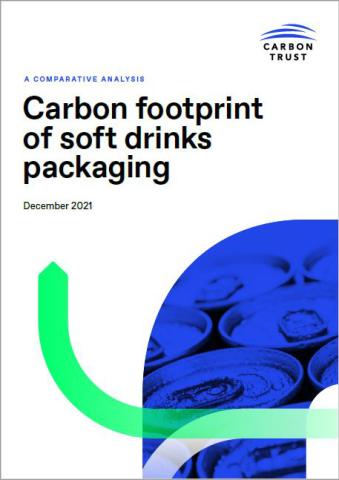Key findings include:
This study has shown that multiple soft drinks packaging formats can provide low carbon footprint options and the lowest end of the range for all formats, apart from one-way glass, are very similar.
- The analysis of one-way PET suggests that there is still significant opportunity for reducing the carbon footprint by increasing recycling rates and incorporating recycled content within the manufacturing process
- Aluminium cans have the largest potential range, the relevant factors in the production of aluminium in Europe (in particular, low carbon electricity) indicate that in some circumstances it could present as one of the lowest carbon options, particularly where return and refill schemes for glass or plastic bottles are not available


